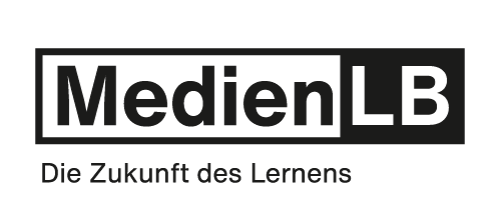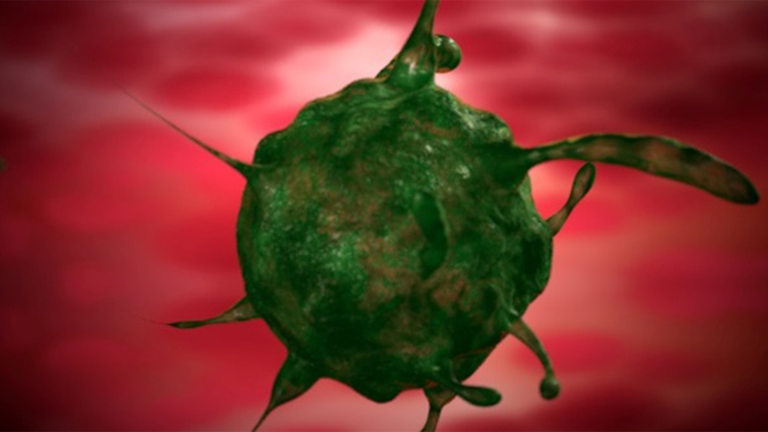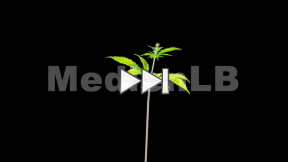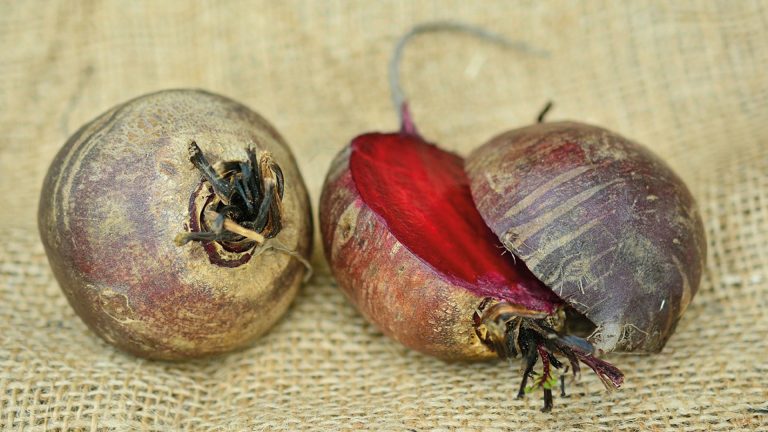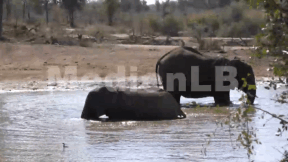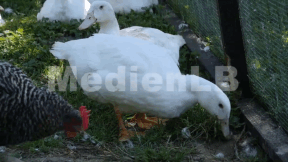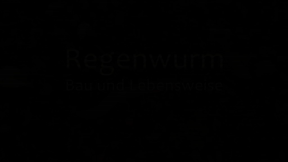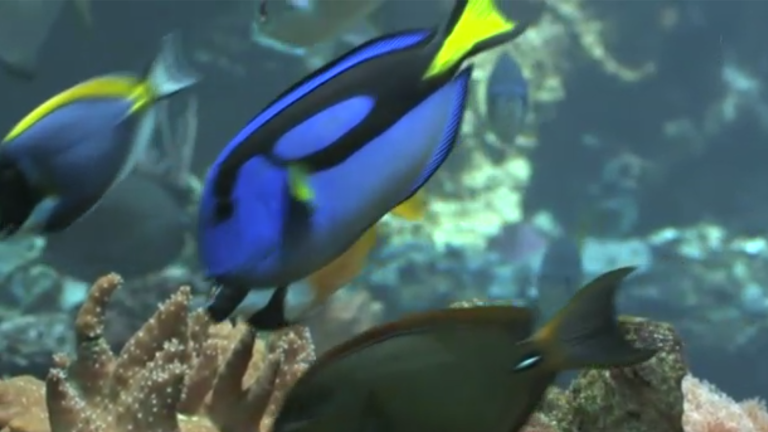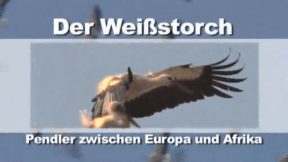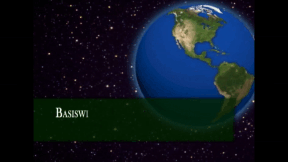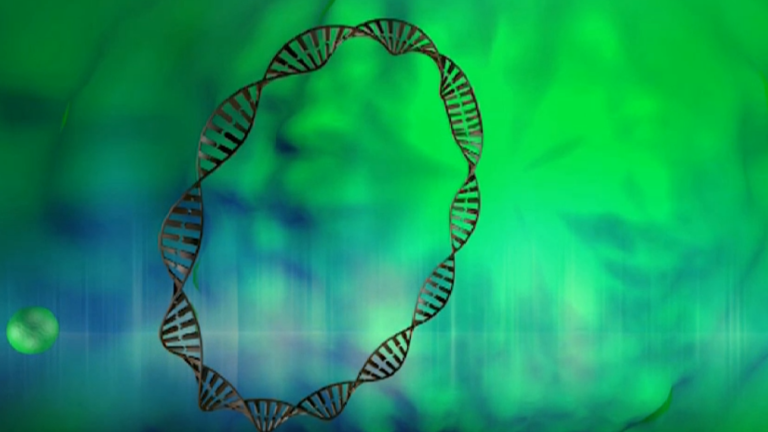Suche:
- # Artistry
- # Biology
- # Chemistry
- # Ecological
- # Economy
- # English
- # Foreign Language
- # Geography
- # German
- # Health
- # History
- # Informatik
- # Latin
- # Mathematics
- # Media Education
- # Music
- # Physics
- # Politics / Civics
- # Preschool
- # Primary School
- # Religion
- # Society
- # Sports
- # Technology
- # Training of Teachers
- # Vocational Education
Basics of BIOLOGY I
Basics of Biology examines general biological issues that help to expand and consolidate basic biological knowledge. The first film of this series deals with the structure of the plant cell. It centres around the structure and function of plant tissue such as the xylem, root cells and stomata as well as the functions of the chloroplasts. In the second chapter the issue of photosynthesis and the elements involved in it are dealt with. With tests and experiments impacts of light and CO2 on photosynthesis are demonstrated and explained. The third part explains human respiration. The rising oxygen consumption of a woman athlete brought on by physical effort on the moving walkway is shown. What happens when the physical stress becomes too strong and the amount of oxygen inhaled is no longer sufficient? The transition from aerobic respiration to anaerobic respiration is vividly illustrated. Together with the extensive accompanying material the didactic DVD is ideally suited for use in the classroom.
Learn moreInfections
’Health isn’t everything but everything is nothing without health.‘ – This clever sentence comes from the German philosopher Arthur Schopenhauer. Since the introduction of antibiotics we are hardly aware of infectious diseases as a threat to our health anymore. However, how important successful prevention and therapy are is shown in the fact that in Germany alone about 50,000 deaths are caused by infectious diseases every year. Infections are the second most common cause of death worldwide. According to an estimate of the World Health Organisation more than 30% of deaths worldwide are related to infectious diseases. Most of them affect people in poorer countries and over 15 million people die of infections worldwide.
Learn moreHanf
Hanf, auch als Cannabis bekannt, gehört zu den ältesten Kulturpflanzen. Während er heute zumeist als Rauschmittel und mit Begriffen wie Gras, Marihuana oder Hasch assoziiert wird, galt er einst als Heil- und Nahrungsmittel und als Rohstoff zur Papier- und Textilverarbeitung.
Learn moreWolf
Canis lupus, der Urahn der Haushunde, war einst auf nahezu der gesamten Nordhalbkugel heimisch, ehe er ab dem 15. Jahrhundert systematisch verfolgt und beinahe ausgerottet wurde.
Learn moreRote Bete
Rote Bete, je nach Landstrich auch als rote Rübe, Rahne, oder Rande bezeichnet, ist ein schmackhaftes Wintervorratsgemüse mit langer Tradition.
Learn moreDucks
Ducks are our best-known water birds. You can watch them on almost any large body of water. Although we come across them frequently, most of us know very little about the lives of ducks. But it is worth our while to look at them more closely.
Learn moreEarthworm
It is slippery, soft and slimy, burrows in the moist soil and many just find it disgusting – the earthworm. Most of us know it when it comes to the surface in heavy rain and ends in puddles or, possibly, as fish bait; but earthworms are true natural wonders and extremely useful. Only a very small percentage of all animals are vertebrates. These animals, such as mammals, birds, reptiles, amphibians and fish, all have a vertebral column. Over 90% of our fauna are invertebrate animals.
Learn moreFish
This DVD offers a clearly structured overview of fish with an emphasis on the following aspects: The typical body build of fish and their adaptation to the water habitat are shown. The fish skeleton proves that they are vertebrates. Their sense organs (eyes, nose, barbels, lateral lines) are adjusted for survival in water. The skin is characterised by different kinds of scales. Free water fish, ground fish and surface fish are distinguished from each other by three typical mouth and body shapes. Locomotion in the water is made possible by different kinds of fins. Respiration through gills is a typical feature of fish. Herbivores possess typical characteristics distinguishing them from carnivores. Swarm fish and loners display different behaviour patterns. The film is divided into six menu items (chapters), which may be individually accessed and worked on. For this purpose, additional pictures, diagrams, texts or selected short film clips are offered, which can simply be called up by remote control.
Learn moreThe White Stork
People have always found the white stork fascinating. It is a large, conspicuous bird, which exposes itself to human curiosity by the choice of its nesting places, therefore people tend to assign meaning to its behaviour. Today, the white stork is still believed to bring good luck. The film covers the characteristics of white storks, their appearance and behaviour as well as the order of Ciconiiformes. The habits of the white storks, their habitats and migration routes are shown in the film, too. In the Reproduction Chapter, we can see interesting pictures of hatching chicks and their first attempts at flying. The DVD includes first-grade bonus material on the bird migration research carried out by the Max Planck Research Centre for Ornithology headed by Peter Berthold. The white stork’s cultural significance and myths told about it as well as the ties between countries, which are strengthened by the “European Stork Villages”, are covered, too. The bonus material is only available in German and adds approximately 14 minutes to the film.
Learn moreBasics of Biology II
In its first chapter, Basics of Biology II deals with the food chain. The producers as the basis of the food chain and the consumers, the herbivores and carnivores, are introduced /presented. Further focus points are the energy intake through food as well as the energy losses connected with it. The resulting energy efficiency of a herbivore is vividly illustrated in an experiment. Subsequently the carbon cycle is dealt with: its occurrence and the carbon cycle from producer to consumer, and last but not least the function of destruents. In the third chapter the next important cycle, the nitrogen cycle, is discussed. Special emphasis is put on the process of nitrification as well as the function of nitrogen-binding micro-organisms and their natural fertilisation of our agricultural soil. The importance of the nitrate for plants is shown in a laboratory test. Together with the extensive additional material the DVD is ideally suited for use in the classroom.
Learn moreBiotechnology I
Biotechnology is the application of science and technology to living organisms. Today, biotechnology plays an increasingly important role in everyday life. Very rarely, however, are we aware of it because you cannot tell the biotechnological origin of products of the medical, pharmaceutical and food industries by their look. For example, the enzymes needed for cheese production are formed by biotechnologically programmed mould fungi.
Learn more


